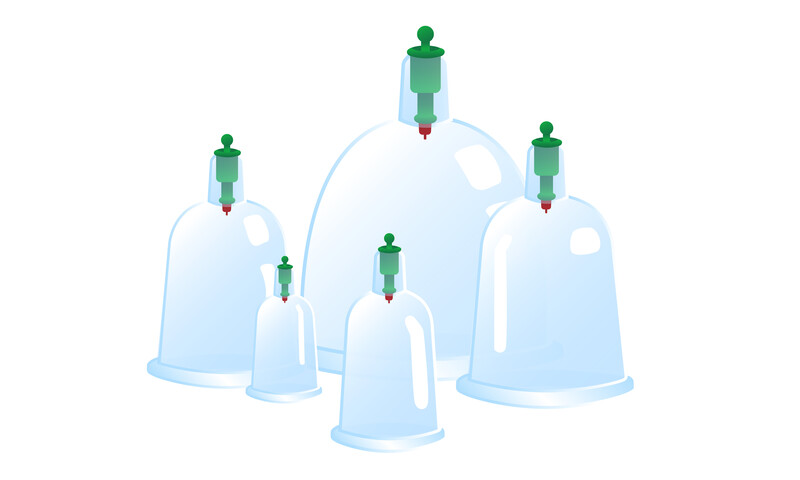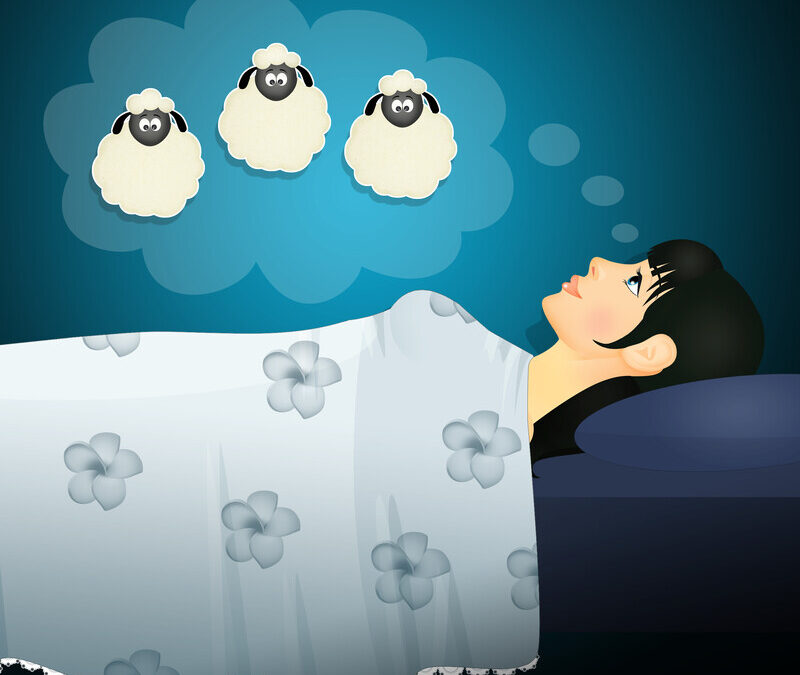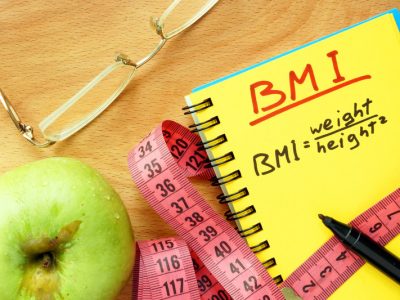
As millions of people around the country would agree, we are a nation of pain. The National Institutes of Health (NIH) confirmed this recently in a statement they issued regarding analysis that was conducted on the 2012 National Health Interview Survey. Their findings from the comprehensive report suggest what many people have been suspecting all along, which is that millions of people in the country are suffering from pain, including chronic pain.
According to the NIH study published in The Journal of Pain, over 25 million adults in the country experience chronic pain, which is defined as having pain every day for the three months preceding their interview. Additionally, 40 million adults experience severe levels of pain, while 126 million reported having had some sort of pain during the preceding three months (1). They find that the more pain someone is experiencing on a constant basis, the more likely they are to be in poor health and experience more disability (2).
When they analyzed what segment of the population reports having the most chronic pain, they found that women, older people, and non-Hispanics are more likely to report the pain. Those least likely to report chronic pain were those in the Asian population (3).
With so many adults in the country experiencing some level of pain, it only makes sense that people are increasingly looking for information on complementary approaches to managing the pain. The NIH also finds that pain is one of the most common reasons that people turn to things such as meditation, yoga, and massage, which can be considered complementary approaches. In fact, their statement indicates that more studies will be conducted in the area of complementary approaches.
There are millions of people experiencing chronic pain, but there are also things that can be done to help manage that pain. See your doctor, and if necessary, get a referral to a pain specialist. Consider incorporating some complementary approaches into your lifestyle. These approaches help some people to better manage the pain, even if they may not ever be able to completely get rid of it. Many people have had success by incorporating such approaches into their life as meditation, yoga, Tai Chi, biofeedback, breathing exercises, and more. Try several approaches and see which work best for you. Then make them a part of your normal daily and weekly routine. Pain may be inevitable for those who have it chronically, but that doesn’t mean they have to suffer.
Sources:
- National Institutes of Health. NIH Analysis Shows Americans Are in Pain. <https://nccih.nih.gov/news/press/08112015?nav=fb>
- National Institutes of Health. NIH Analysis Shows Americans Are in Pain. <https://nccih.nih.gov/news/press/08112015?nav=fb>
3. National Institutes of Health. NIH Analysis Shows Americans Are in Pain. <https://nccih.nih.gov/news/press/08112015?nav=fb







